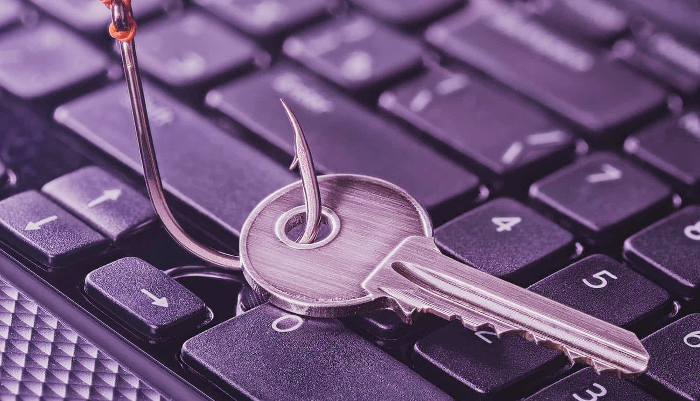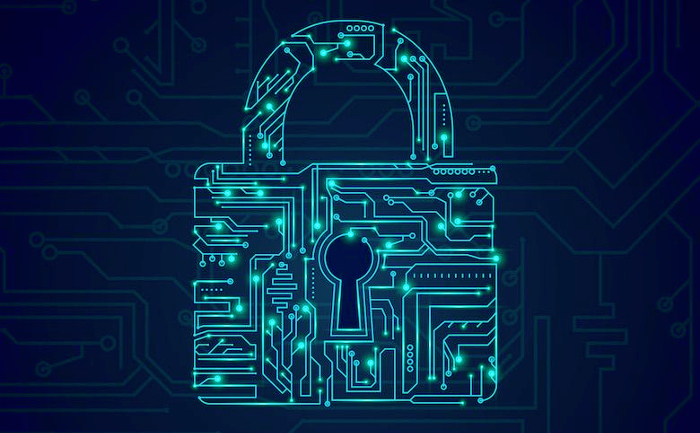Protect Your Email And Data With Anti-Phishing Measures
Anti-phishing is the practice of using both human and software processes to prevent or remediate phishing attacks or scams where attackers attempt to extract sensitive data or personal information by impersonating a trusted source.
Phishing isn’t new. For decades, scammers have used email and other routes to trick unsuspecting victims to volunteer sensitive information like passwords, banking information, social security numbers, and more.
With the increasing number of people using the internet for their everyday lives, the chances of them being scammed online are also increasing. Phishing is a type of online scam where criminals pose as a legitimate organization in order to get individuals to share personal information or click on malicious links. Anti-phishing protection is a term used to describe various methods of defending against this type of scam.
One common method of anti-phishing protection is creating awareness among internet users.
Receive A Suspicious Email
- Protect yourself while on the Internet by using resources available to students and staff within the Security Awareness Training program.
- We can't stress enough how much you shouldn't click on links in emails that appear similar to those aforementioned. In fact, most of the time these transactions are fraudulent and represent a threat to your security.
- Do not fill out any forms online that request usernames or passwords, unless you reach them through a contact on your personal email.
- Never respond to these types of emails.

How to defend yourself
Over the years, and with those fraudsters getting smarter, more email providers and software houses that create business apps have developed phishing and spam filters that protect their users. These systems, however, are not perfect, and sometimes harmful emails can still make it to user’s inboxes. Pay very close attention and please send a copy of the message to Luiss IT Services via the ticket system for computer help desk related issues.
What is anti-phishing protection?
Anti-phishing protection refers to the security measures that individuals and organizations can take to imitate any phishing attacks, trap them or mitigate their effects. It allows you to keep your company safe from potential attacks. For instance, anti-phishing measures may block spam containing phishing scams by filtering it out at the gate. But there are also ways of protecting yourself (your employees) specifically from clicking on links or attachments within an email you have received that might be harmful for your business. We recommend e.g. training users about how to recognize these traps by engaging them in some phishing awareness training!
What is the best anti-phishing solution?
Anti-phishing is like making a delicious chocolate cake. You can use vanilla and chocolate for the recipe, but it's only because you're also adding other ingredients that make up what makes the cake taste good. If you don't use these additional ingredients, your dessert won't be very tasty. Just like anti-phishing – if you don't mix in multiple technologies with training programs and more, then your "dessert" will not be as effective as it could be managing your organization's phishing risks!
What is the anti-phishing Technique?
Phishing attacks are one of the biggest and most common problems we have to deal with as a threat to consumers. These attacks often focus on stealing sensitive and confidential information from both consumers as well as enterprises. In fact, according to a recent report from SonicWall, more than 90 percent of all cyber-attacks start with phishing emails which often lead to malware being installed .
This anti-phishing approach allows administrative management of incoming email correspondence. To activate, control, or customize your anti-phishing approach, you must select the Anti-Phishing option located on ES UI to handle messages which are phishing attacks and that might be potentially hazardous.

Anti-Phishing System Employing Diffused Information
Phishing scams are estimated to cost businesses and consumers billions of dollars per year. One study on phishing was conducted in 2015 by PricewaterhouseCoopers that found that over 15% of respondents said they had been contacted about a potential online security incident in the third quarter of 2014, which cost them at least US$100 each time. Researchers have responded with a variety of anti-phishing systems, but most of them either don't work or are not practical for most users.
The risk is in clicking on links or opening attachments. Attackers can email you infected attachments that install malicious software, commonly referred to as malware. Clicking on a link in an email can take you to a website which steals login information or installs malware on your machine without your knowledge.
In this article, we will look at a fraud called phishing. Phishing is a type of scam. A scammer creates a false email or website to trick people into providing their personal information. They use email, instant message and text messages. The scammer looks very similar to a trusted company. It is a great way to steal people’s identities.